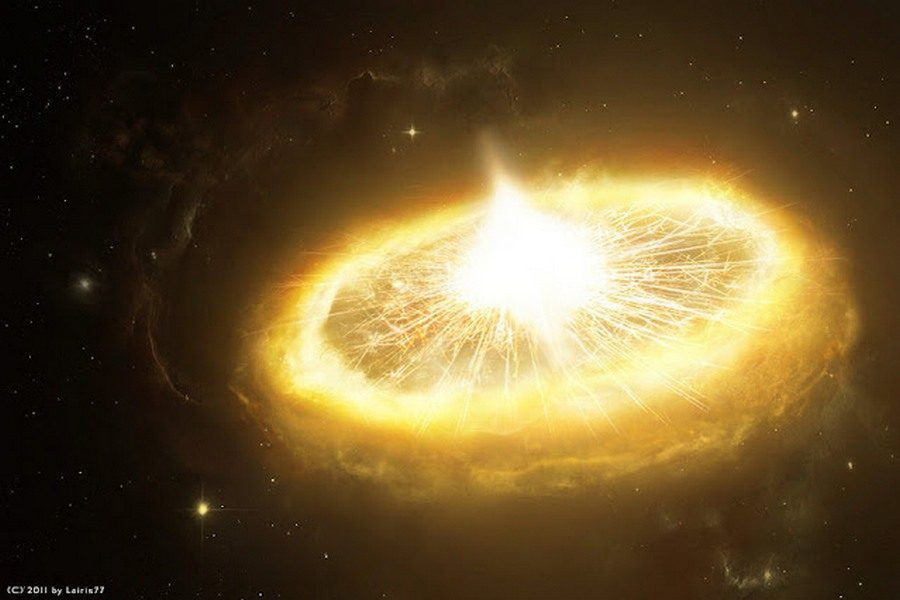There is a massive ball of hot gas billions of light-years distant that is brighter than hundreds of billions of suns.

It’s difficult to envision anything so bright. So, what exactly is it? Astronomers aren’t sure, but they do have a few theories. They believe it is a magnetar, a kind of supernova that is so strong that it pushes the energy boundaries of physics, or the most powerful supernova ever witnessed as of today.
Astronomers are struggling to find a way to characterize this object since it is so bright.”If it’s a magnetar, it’s as if nature took everything we know about magnetars and turned it up to 11,” said Krzysztof Stanek, professor of astronomy at Ohio State University and the team’s co-principal investigator.
The All-Sky Automated Survey of Supernovae (ASAS-SN or “assassin”), a compact network of telescopes meant to locate luminous things in the cosmos, discovered the object first.
Even though this object is very bright, it cannot be seen with the human eye since it is 3.8 billion light-years distant. Since its inception in 2014, ASAS-SN has identified approximately 250 supernovae, but this finding, ASASSN-15lh, stands out because of its tremendous scale.
It is 200 times brighter than the typical supernova, 570 billion times brighter than the sun, and 20 times brighter than all of the stars in the Milky Way Galaxy combined.
“We have to ask, how is that even possible?” said Stanek.”It takes a lot of energy to shine that bright, and that energy has to come from somewhere.”Todd Thompson, an astronomy professor at Ohio State, offers one theory.
The explosion might have produced an incredibly unusual form of star known as a millisecond magnetar, which is a rapidly spinning and dense star with an extraordinarily strong magnetic field.
To shine as brightly as it does, this magnetar would have to spin at least 1,000 times per second and convert all of that rotational energy to light with about 100 percent efficiency — making it the most extreme example of a magnetar that is physically feasible.”Given those constraints,” Thompson said, “will we ever see anything more luminous than this?
If it truly is a magnetar, then the answer is basically no.”The Hubble Space Telescope will attempt to unravel this enigma in the coming months by allowing researchers to observe the host galaxy around this object.
The researchers may discover that this brilliant object is located at the very core of a big galaxy, implying that it is not a magnetar at all and that the gas around it is evidence of a supermassive black hole.
If that’s the case, the intense light might be explained by a new kind of event, according to research co-author Christopher Kochanek, an astronomy professor at Ohio State
It would be something never seen before in the heart of a galaxy. Whether it is a magnetar, a supermassive black hole, or something totally else, the discoveries will almost certainly lead to new ideas about how things arise in the universe.








